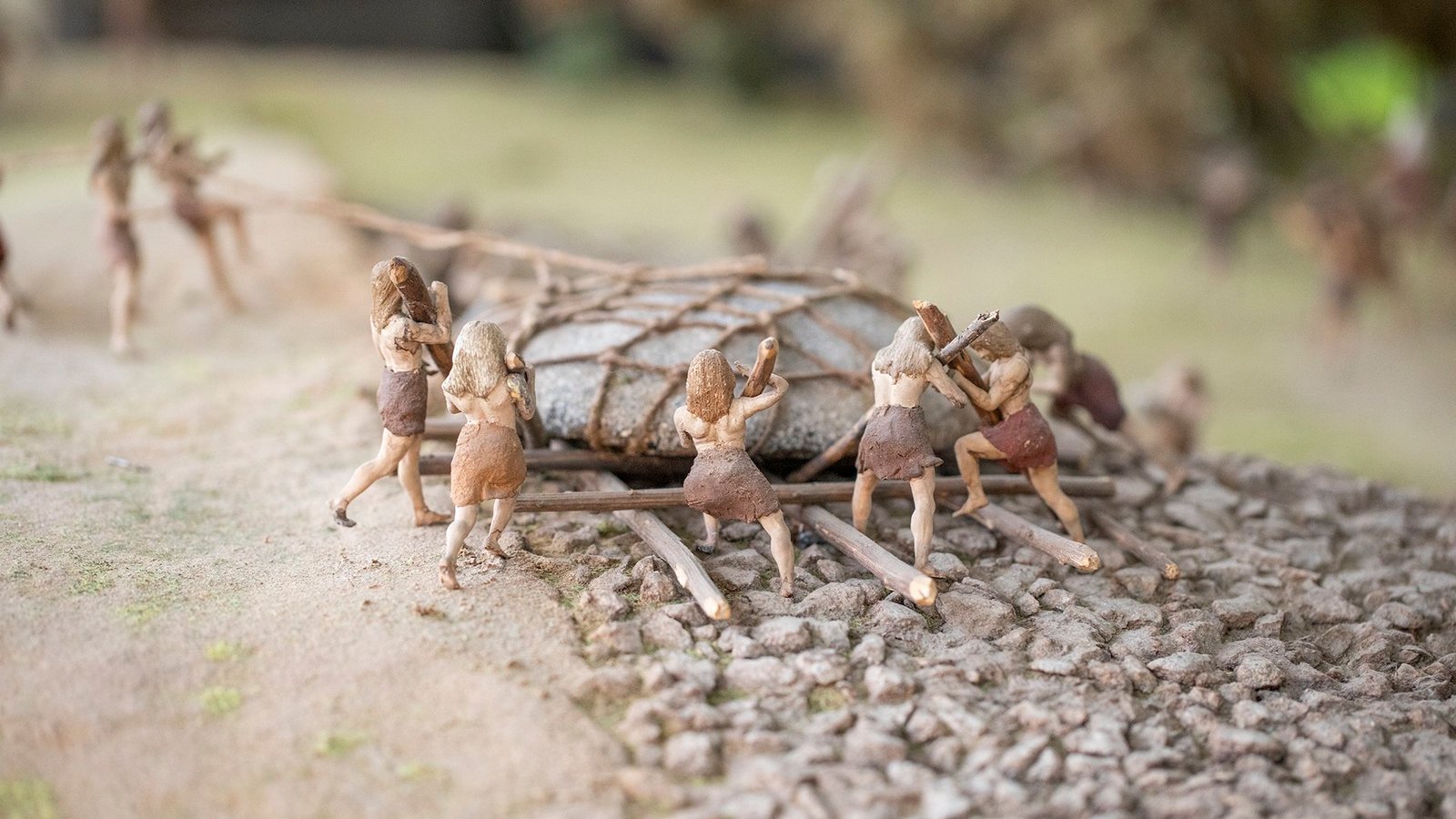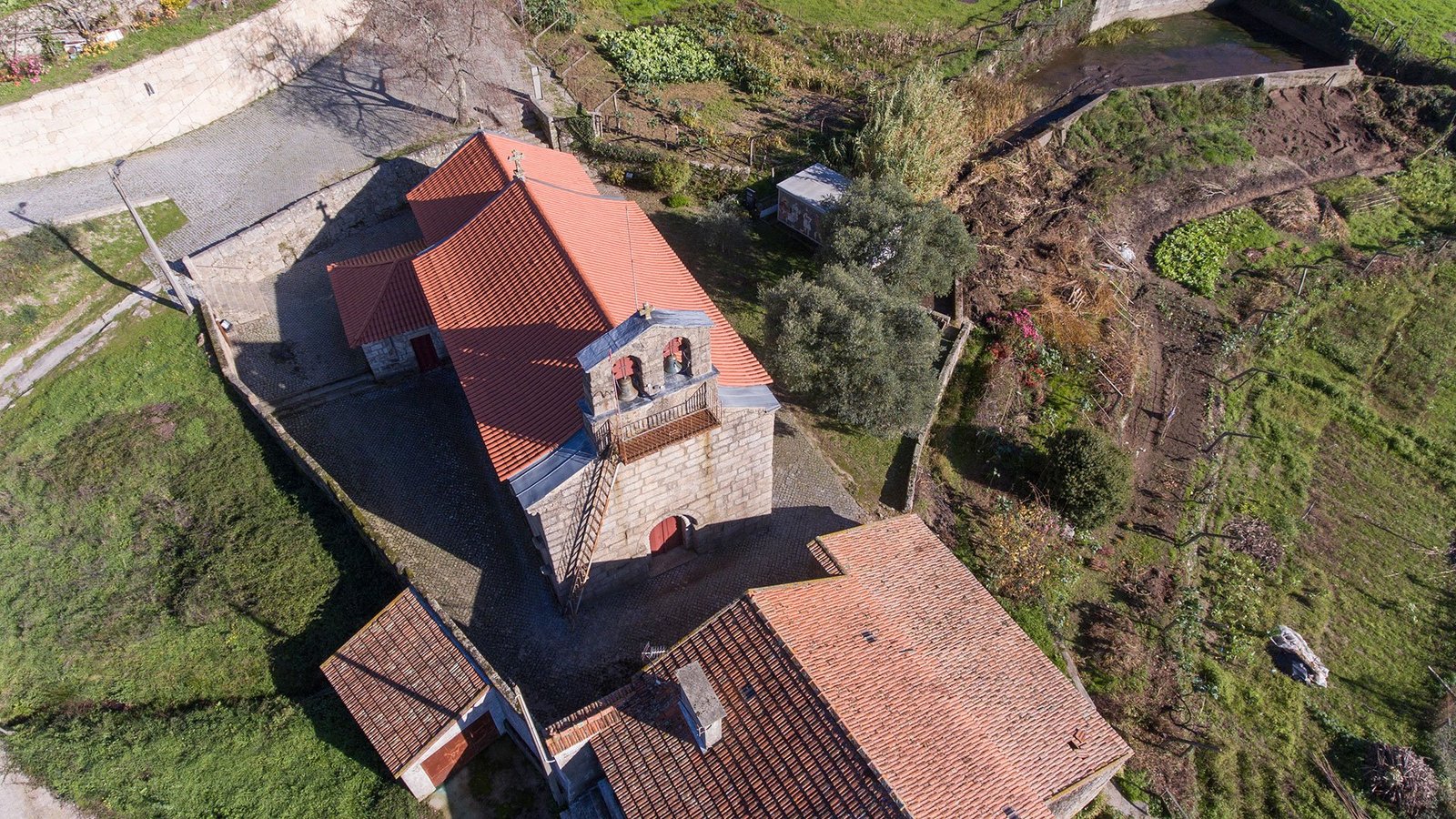Materials provided by nature alone, allowed for the artists to create various utensils and moulding each object according to their domestic and agricultural needs. Combining skill and resourcefulness with expertise and spirituality, each piece became a work of Art.
In Baião you are welcome to enjoy the craftsmanship of the walking-canes “Bengalas de Gestaçô” and the baskets “Cestas de Frende” made of broom plant and the carpentry and mosaic works.
Continue reading Artesanato →









